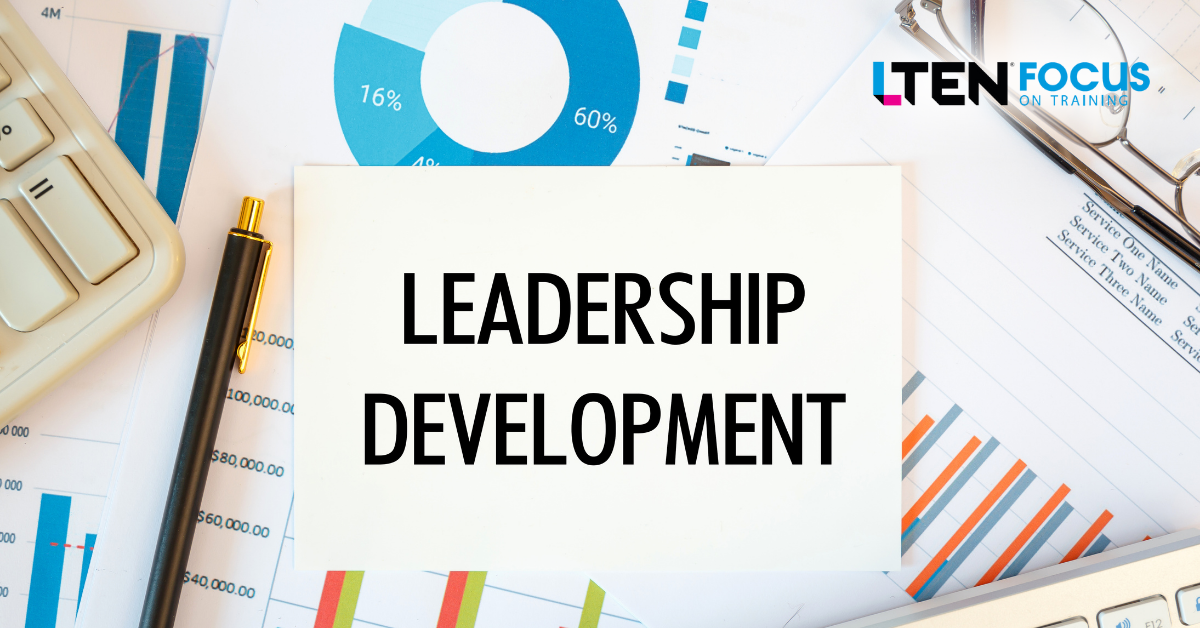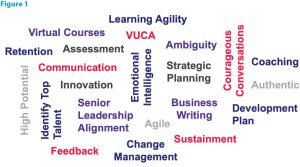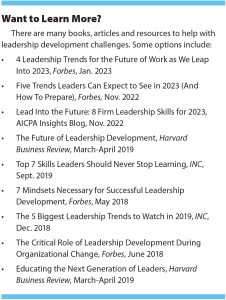
Leadership – By Kim M. Catania
There is a clear need for the redesign of learning experiences
The leadership development challenge in our industry has continued to evolve over the past few years. However, traditional leader development programs may not work for either the organization or the learner.
According to Harvard Business Review, more than 50% of senior leaders believe their talent development efforts are not adequately building critical skills and organizational capabilities. The evidence suggests that only about 10% of the$200 billion spent each year delivers concrete results.
So, there is a clear need for the redesign of learning experiences.
The Ongoing Challenge
Organizations expect leaders to have a strong ability to collaborate and communicate, build, coach and lead their teams to success by growing business and achieving sales goals. But leader development at many companies equals not much more than baseline management and product training.
If you have witnessed or experienced a similar type of “development program,” you are not alone!
Some key topics remain consistent and traditionally, some leadership development programs may include subjects such as those shown. (See Figure 1.)
And, since COVID, topics like “leading hybrid & remote teams” have been added.
So many topics. So little time. This is the ongoing challenge. How do we find effective methods to develop leaders, when they already have so many day-to-day responsibilities?
The Leadership Burden
Today, we often hear that “we are in a war for talent.” It is on our leaders’ shoulders to recruit top talent and retain great talent. Yet, their development is often overlooked, cut down or eliminated.
Many of us have seen it firsthand, where organizations, not recognizing the critical importance of live training, cut out first-line leader development training from meeting agendas. This type of decision will have an increasing impact that will differentiate successful from unsuccessful organizations moving forward. It cuts down on defining and pulling through corporate culture, limits skill-building and peer-to-peer idea sharing, and increases the silo mentality we see so often since teams are focused on their own results.
We cannot underestimate the value of reengagement and motivation accomplished by bringing leaders together. It just works.
Companies have a tremendous opportunity to recommit to ongoing development of emerging and current leaders to retain top talent, reinforce positive culture and build bench strength for future success.
So, how can companies solve this challenge?
First: Recognize the Gap
There is a gap between what the organization is training for and what the learners need to be successful in their role and career. Leaders need strong people management skills like interpersonal communication and relationship-building skills to develop their teams and instill company culture. They must be savvy in their business planning and recognize how to adapt to the changing business climate. Still, cognitive skills are often taught, since that is what can be measured versus soft skills.
Current business challenges require flexibility and a different kind of leadership. There is a need for innovative, forward-thinking ideas to address the volatile, ever-changing marketplace. No skills transfer is occurring, and learning should allow skill development.
Skills like:
- Communication – collaboration & active listening
- Business analysis
- Self-awareness
- People skills – relationship building and developing and empowering others
Leaders need to learn what successful, good implementation of these skills and behaviors looks like through hands-on application-based learning, like real-world simulations. Next, implement a plan to grow these learned skills by incorporating activities to apply and change behavior. Incorporate metrics to measure skill development and course-correct as needed.
Second: Be Innovative
Leverage a variety of learning modalities into leader learning, so they can integrate it into their already super-busy calendar and ensure sustainment to reinforce skill and behavior change.
How about establishing a baseline with a 360-degree assessment to gain insight to how leaders are perceived?
Then, roll out comprehensive learning with a combination of:
- Virtual instructor-led training
- Bite-sized on-demand and self-directed learning (think Duolingo or YouTube videos)
- Peer-to-peer teach-back
- Microlearning
- Articulates with knowledge checks
- On-the-job activities
- Gamification
- Live in-person training with coaches and mentors (of course)
Third: Show & Tell
Current and future leaders need to grasp what leadership behaviors are – this is where mentors and coaches come in to provide real-world examples of what good is through simulation activities and shadowing. Then, share the vision of the company culture and the organizational business strategy with them to gain buy-in and alignment.
Enable leaders to develop their strategy and initiatives that align with the vision, then create individualized development plans with clear, attainable goals.
Final Thoughts
Keep your training eyes open and your measuring sticks out. Investing in leaders is one of the most worthwhile investments a company can ever make.
Organizations should evaluate and assess their current leader development programs. Invest in customized approaches that will enhance skills and change behavior. Measure, revise and update as needed to ensure leader development is fluid, current and ongoing.
Good programs keep leaders involved and engaged. Great programs invest in their growth for success.
 Kim M. Catania is principal of Catania Communications. Email Kim at kim@cataniacommunications.com.
Kim M. Catania is principal of Catania Communications. Email Kim at kim@cataniacommunications.com.










